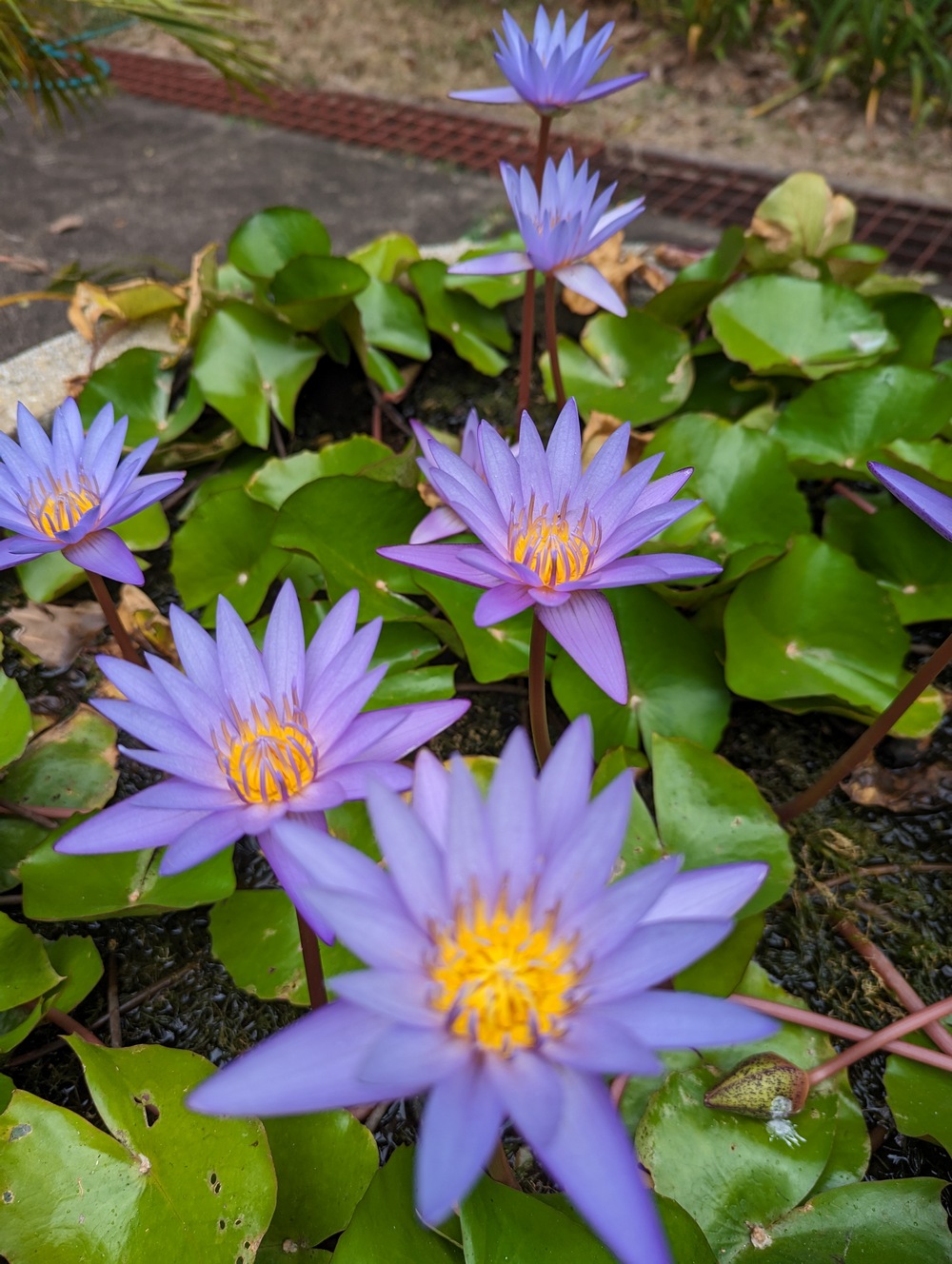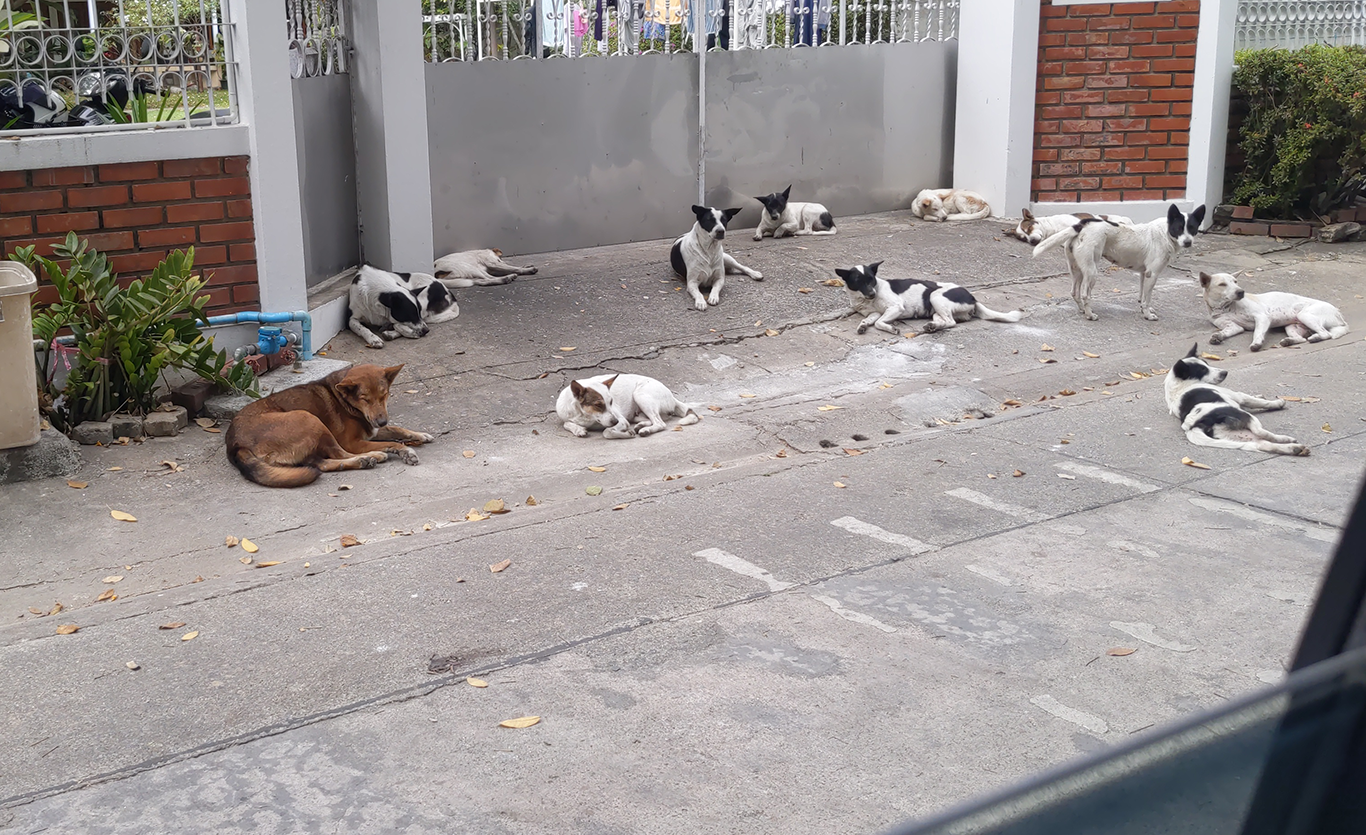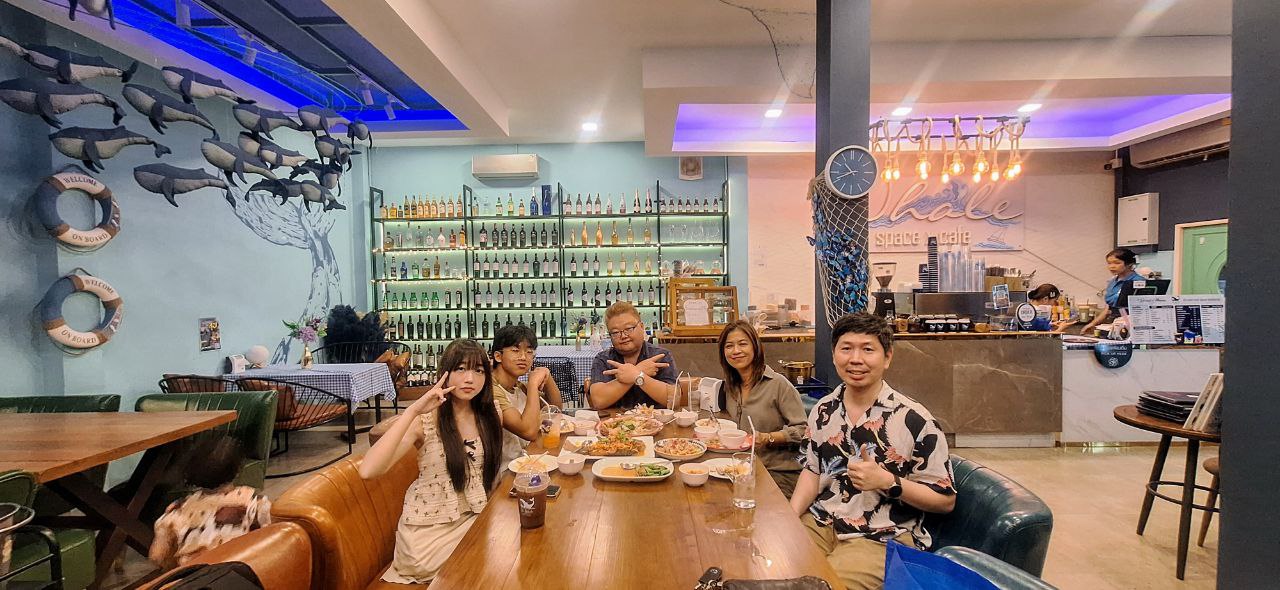This capy was so chill and friendly. He came out of the water and hung with us to munch after I shot this. We gave him all the long grass we had and then went and got him more, because he was an absolute eating machine.
Blue Lotus
Also known as the blue water lily, or blue star water lily, which is slightly confusing since a “blue lily” is a completely different thing. The plant pictured could be Nymphaea nouchali or one of its several varieties including Nymphaea nouchali var. caerulea which contains the psychotropic substance aporphine, which lead to the outlawing of possession of the plant where tripping ancient Egyptian balls is apparently frowned upon.

The lotus has roots in many countries and religions, and it’s said that everywhere the baby Buddha stepped, lotus flowers bloomed and that when the Buddha died, they reappeared everywhere that he had walked the Earth. The fullness of bloom and color of the flower also have religious meaning. The blue lotus represents wisdom and intelligence.
I took this particular photo in our hometown of Maha Sarakham, at the Issan Arts and Culture Centre, where Nam’s father was director for many years. They were in a ceramic water planter just in front of the Buddha that he sculpted for the university.
The Dogs of Lad Prao

For as long as we’ve been visiting Nam’s auntie and uncle on Lad Prao 33, there have been a huge pack of dogs running the middle area of the street. During the day, they lounge around in the heat and disappear through holes in nearby gates, but at night, they run around free. It is scary walking there alone at night. The neighbors all complain about the danger and the shits left all over the place, to no avail… We’ve been going and staying there for decades, so we have probably seen several generations of this wild pack.
Got back from Koh Chang
I took Max along on a (university business) road trip with my two pals. It was epic.
My Own Private Loch
This is my favorite path to take on my daily sunset walks. It’s a concrete footpath bordering the canal that winds through my university’s campus. The water levels of the canals and holding ponds they feed to fluctuate quite a bit, as the norm for these times of climate change mean that long periods of drought are immediately followed by heavy and persistent rains. When the level is right, though, I can say hi to Nessie.

It’s been raining almost every day since Max settled in here for his summer vacation, but I took him here last week. He saw Nessie. I consider this to be the coolest thing to see in the whole province, and the fact that it’s hidden and impermanent makes it even better.
425,000
Is the approx. number of media files I have stored locally on my main hard drive backup. The digital photos go back to 1998 or so. I have them mostly arranged by date in the file names so I can look up people and events chronologically. The 3TB HD in question is old and unhealthy, so it’s currently being synced to a new external 12TB one I picked up on amazon for a hundred bucks!
The US remains the low price king for certain consumer goods, PC components being one of them. The same drive in Thailand would cost many times more, but partially because only a few big brands and questionable knockoffs are sold here- there is no reliable middle ground for many items (large capacity external HDs being one of them).
Here’s to hoping this sync completes trouble-free!
Pennyboarding in Pattaya
Thai Bami (Wheat-based Egg Noodles)
Max is back

..for a nice trip home during his summer break. It’s the first time he’s been back to Thailand since he left in 2019 (and got trapped by COVID lockdowns in 2020). We are having a lot of fun.


